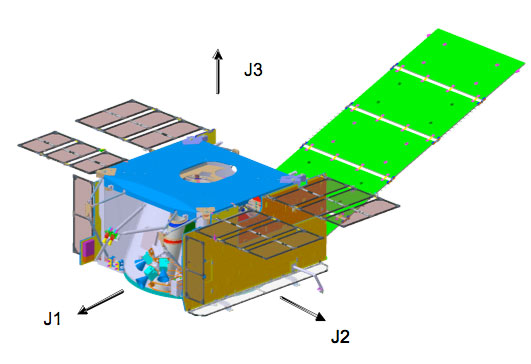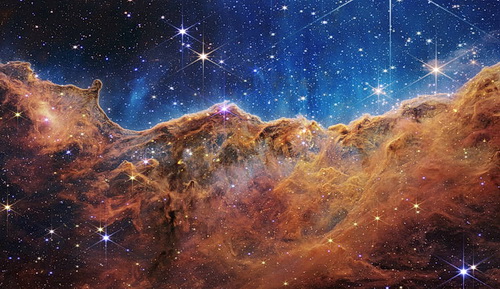
A Giant Feat for Mankind
By far, the most extraordinary images from outer space that have ever been received have come from the James Webb telescope. As the successor to the famous Hubble Space Telescope, the James Webb is the most powerful space observatory ever built, with far more potential than anything that has come before it.
Launched on Christmas Day, 2021 on the Ariane 5 rocket, this giant observatory, the size of a tennis court, is currently in L2 Orbit, located 1.5 million miles from Earth, sending extraordinary images of objects from as back into time as when the big bang started -13.7 years ago.
To understand why this matters so much to humanity, we first have to understand what the JWST is not. It is not a souped-up version of the Hubble; nor is it an alternative to Hubble — something different but still essentially the same.
Instead, the JWST represents a completely new paradigm in design and function for a space-based optical telescope. In other words: It’s like nothing we’ve ever seen before.
How Does the JWST Differ from Hubble?
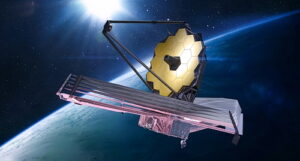
The two telescopes, while both space-based observatories are very different in two significant categories.
-
- Mirror size
- Light spectrum
Size Does Matter!
There is a major difference between the JWST mirrors and the Hubble’s mirrors in size. As discussed further in the article, the bigger the mirror, the further back into space we can see.
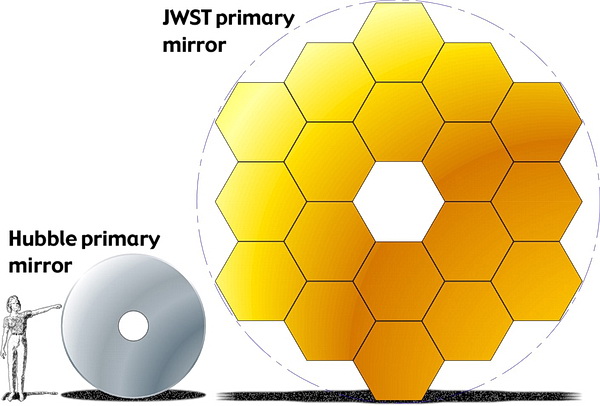
As a result, this amazing observatory is also about 10 times more powerful than Hubble, with a much wider field of view — and, therefore, able to observe more objects.
Electromatic (Light) Spectrum
The JWST is designed to observe light in infrared wavelengths. Being able to see objects not usually visible to humans, whereas Hubble primarily observes visible and ultraviolet light.
This is significant because only a very small percentage of the universe’s atoms emit visible light, while almost all atoms emit infrared light. As such, the JWST — in conjunction with other telescopes that are observed in other wavelengths allows us to view a much bigger chunk of the universe than Hubble ever could.
In addition to infrared, the JWST also has a small segment that observes a type of ultraviolet light that is inaccessible to Hubble.
Why is the JWST Important?
The JWST is a completely different kind of telescope that exploits a different approach to astronomy and will, therefore, produce many different results.
With its ability to detect light from the first stars that ever formed in the universe and the first galaxies that ever formed after the Big Bang, it will, for the first time, give us a comprehensive picture of the evolution of the cosmos.
The JWST will also allow us to look for the earliest signs of life beyond our planet and, as such, represents a major step on humanity’s path toward enlightenment, as well as a greater understanding of who, what, and where we are.
The Telescope Assembly
The observatory is primarily composed of three components:
-
- Integrated Science Instrument Module (ISIM)
- The Spacecraft Element
- The Optical Telescope Element (OTE)
Integrated Science Instrument Module
This is where the infrared components are. It contains the infrared camera and the spectrograph (device which separates incoming light by its wavelength (frequency).

The Fine Guidance Sensor/ Near InfraRed Imager and Slitless Spectrograph are used to pinpoint the locations that the JWSP will look at.
The Optical Telescope Element (OTE)
This is where the mirrors are contained. The mirrors are the most significant part of the telescope. Simply put, the larger the mirror, the further back in space we can see and with greater detail, More specifically, the size of the mirror is directly proportional to the sensitivity (detail) that the telescope can display. The larger it is, the more detail it will show.
This amazing high-tech instrument consists of hexagonal-shaped mirror segments that measure over 4.2 feet across and weighs approximately 88 pounds. It has 18 primary segments that work in symmetry together to produce one large 21.3-foot mirror.
The mirrors are made of ultra-lightweight beryllium, which was chosen due to their thermal and mechanical properties at cryogenic (low) temperatures, as well as beryllium’s weight which made it a lot easier to lift it into space.
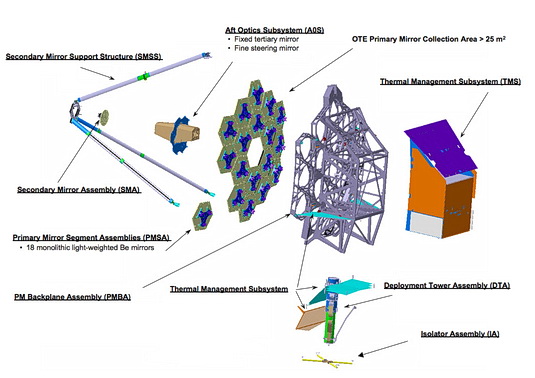
“The James Webb Space Telescope will be the premier astronomical observatory of the next decade,” said John Grunsfeld, astronaut and associate administrator of the Science Mission Directorate at NASA Headquarters in Washington. “This first-mirror installation milestone symbolizes all the new and specialized technology that was developed to enable the observatory to study the first stars and galaxies, examine the formation of stellar systems and planetary formation, provide answers to the evolution of our solar system, and make the next big steps in the search for life beyond Earth on exoplanets.”
Amazingly, the mirrors will fold to fit into the spacecraft and then unfold when ejected into outer space.
“After a tremendous amount of work by an incredibly dedicated team across the country, it is very exciting to start the primary mirror segment installation process,” said Lee Feinberg, James Webb Space Telescope optical telescope element manager at Goddard. “This starts the final assembly phase of the telescope.”
Bill Ochs, James Webb Space Telescope project manager said “There have many significant achievements for Webb over the past year, but the installation of the first flight mirror is special. This installation not only represents another step towards the magnificent discoveries to come from Webb but also the culmination of many years of effort by an outstanding dedicated team of engineers and scientists.”
The Spacecraft Element
Something must power this system and the spacecraft element is what does it. It supplies the rocket thrusters, propulsion system, communications, and all the electrical power needed to make this run as a well-oiled machine.
Where are We Now?
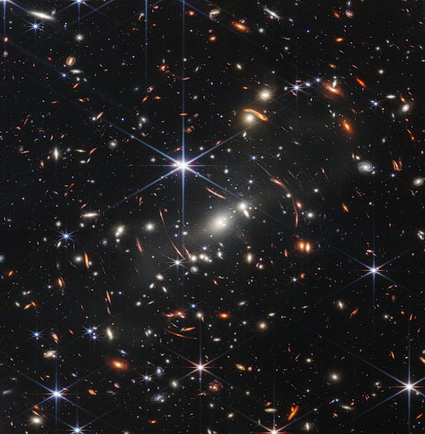
We will leave you with this. Galaxy cluster SMACS 0723, which contains thousands of galaxies is 4.6 billion light years away.
That means that we are looking at it the way it looked 4.6 billion years ago. Scientists have a lot of work ahead of them and who knows what they’ll find?

